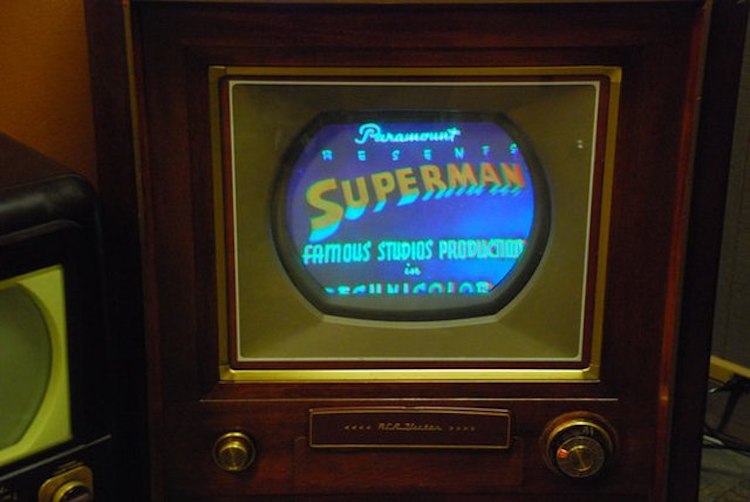Do You Remember The World’s First Color TV?
Color television hit the masses in the mid-1950s with the RCA CT-100, though only the richest could afford its massive $1,000 price tag. It was a giant furniture piece in America’s living room, stuffed with vacuum tubes and a much smaller 12-inch screen. Even though the RCA CT-100 was not the first color television created, it was the first to be a big hit on the market.
An estimated 4,000 of that specific RCA model were made, and only about 300 are still around today. Evidently, the color TV is one of the most significant creations of the past hundred years. We can thank this invention for bringing us daily news, entertainment, and the vast assortment of educational programs available today.
Much like the Russian-American space race, there was a race in color television. The major players were the Radio Corporation of America (RCA) and the Columbia Broadcasting System (CBS), along with engineers – all chasing after recognition for having created the best color television system.

The Not-So-Good Old Days
The original color TVs began popping up in the early 1900s. Guys like Vladimir K. Zworykin were the first to the table, but those models never really took hold in America. In the 1920s, John Logie Baird’s design got the elusive “first color television” credit. Ultimately, the world was after a more fluid electrical device over Baird’s clunky mechanical design.
The Plot Thickens
CBS’s Peter Goldmark made another attempt at a newer version of Baird’s color TV, but he introduced it to a 1950s market void of any color channels. Simultaneously, RCA also pushed through with its latest design but faced troubles when Philo Farnsworth – the engineer behind that design – filed a lawsuit against RCA.
Farnsworth Finds His Worth
Farnsworth’s electronic version of the color TV was the foundation of the color television of today. However, he didn’t receive recognition or compensation for his work until much later. Farnsworth’s lawsuit against RCA for infringing his patent also lasted for a long time.
With the help of Farnsworth’s high school teacher, who testified on his behalf and provided proof that Farnsworth’s designs came before RCA’s, Farnsworth won the lawsuit and was credited for the design. However, this is only the tip of the iceberg and the beginning for RCA’s troubles.
Who Has The Best Design?
In the middle of the 20th century, around the time Americans were going to war in Korea, CBS and RCA were going to war with each other. After the FCC ruled CBS’s design was the only model qualified to broadcast in color, RCA filed an injunction, which froze the color television race until the disagreement could be resolved.
After reviewing the case, the Supreme Court ruled in favor of CBS. The thinking was that the court’s decision should be final, unless there was a good reason to challenge it. In the case of RCA vs. CBS, the reason to challenge the lower courts was a reason based only on opinion. The situation could have bubbled even more had there not been a necessity for manufacturers to help resupply the U.S. military’s efforts in the Korean War.
It would be another ten years before networks would make the transition to color broadcasts. After a roller coaster of obstacles, color television was finally available to the average American and would go on to become one of the most noteworthy inventions of all time.

